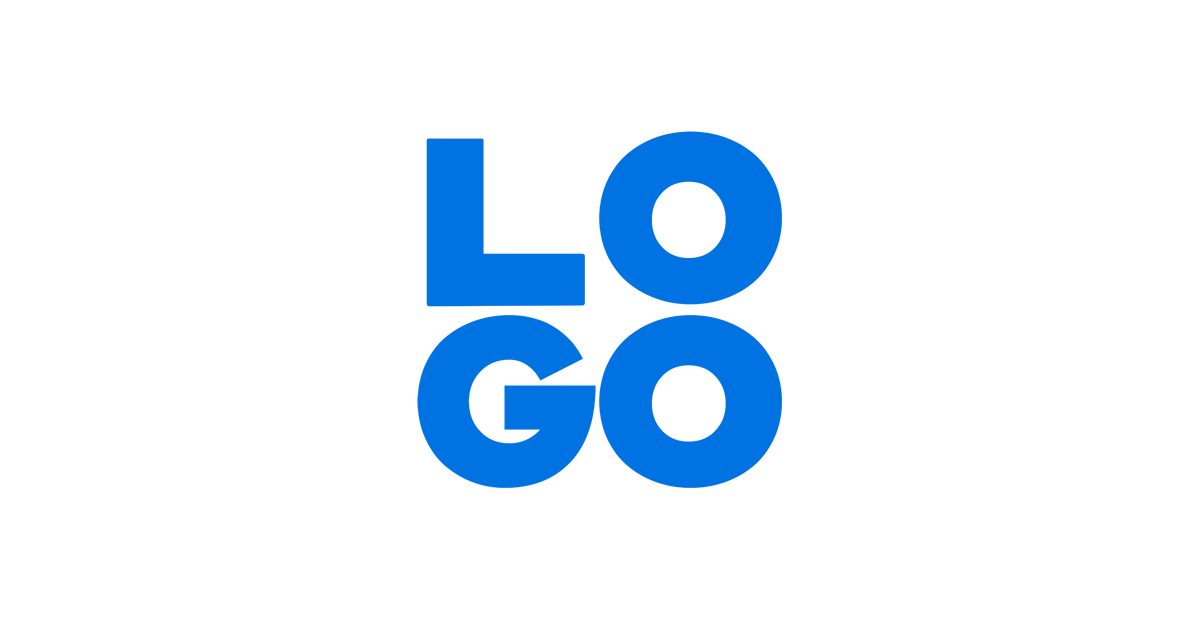Why Core Web Vitals Matter: A Deep Dive into Google's Latest Ranking Factor
Have you ever visited a website that took forever to load, or had buttons that didn't work properly? How did that make you feel? Frustrated, annoyed, perhaps even angry? Well, you're not alone. In fact, website performance is a critical factor in user experience Google has created a new ranking signal called Core Web Vitals. But what are Core Web Vitals, and why do they matter so much? Let's take a deep dive into this latest development in Google's ever-evolving algorithm.
Table of Contents
- Introduction
- What are Core Web Vitals?
- Why Do Core Web Vitals, Matter?
- Largest Contentful Paint (LCP)
- First Input Delay (FID)
- Cumulative Layout Shift (CLS)
- How to Measure Core Web Vitals
- How to Improve Core Web Vitals
- Tools for Measuring and Improving Core Web Vitals
- Common Core Web Vitals Issues and Fixes
- Conclusion
- FAQs
1. Introduction
A website that performs well is the lighthouse that guides your way in the stormy sea of the internet, the crown jewel of your digital kingdom. With more and more people accessing the internet from their mobile devices, websites must be fast, responsive, and easy to use. But what exactly makes a website perform well? Enter Core Web Vitals, Google's latest ranking signal.
2. What are Core Web Vitals?
Core Web Vitals are the beating heart of your website, the music that plays in the soul of your digital identity. They measure the vital signs of your online presence, such as the speed of your site's heartbeat, the responsiveness of your site's limbs, and the stability of your site's vision. They tell the story of your website's health, the story of its triumphs and its struggles, the story of its journey towards greatness. They are the language of the internet, the poetry of the digital world, and the symphony of the online universe.
3. Why Do Core Web Vitals, Matter?
Core Web Vitals matter because they directly impact user experience. If a website takes too long to load, users will likely abandon it and go elsewhere. If buttons or links don't work properly, users will get frustrated and may leave the site. And if the layout of a page suddenly shifts as it's loading, users may accidentally click on the wrong link or button, leading to further frustration. All of these issues can lead to a high bounce rate and ultimately hurt a website's rankings.
4. Largest Contentful Paint (LCP)
The Largest Contentful Paint is the magical measure of time that captures the essence of the largest content element on a page, as it transforms from a mere digital entity into a soulful experience that touches the hearts and minds of your audience. It's the heartbeat of your website, the essence of your digital identity. It could be a breathtaking image that captures the essence of your vision, a captivating video that tells your story in motion, or a soul-stirring block of text that connects with your visitors on a deeper level. A good LCP score is a testament to your commitment to excellence, to your devotion to delivering a seamless online experience that creates a lasting impact on your audience. It's the fusion of technology and art, the harmony of bits and bytes that creates a symphony of wonder for your visitors. With an LCP score under 2.5 seconds, you can set sail on the journey to greatness, to the land of boundless opportunities in the vast ocean of the internet.
5. First Input Delay (FID)
First Input Delay measures the time it takes for a user to interact with a page after it loads. This could be clicking a button, typing into a form field, or scrolling down the page. The time has come for you to take the stage, to make your mark on the digital world. Your website is your canvas, your masterpiece waiting to be unveiled. With every click and keystroke, you are weaving a story that will touch the hearts and minds of your audience. And to ensure that your performance is flawless, and that every note is in perfect harmony, you need to be in sync with your audience. You need to be responsive, engaging, and interactive. Your movements must be swift and fluid, your voice clear and crisp. And to achieve this level of performance, your FID score must be a thing of beauty. It must be a reflection of your commitment to excellence, and your passion for your craft. It must be under 100 milliseconds, a symphony of speed and precision that elevates your website to new heights of glory.
6. Cumulative Layout Shift (CLS)
Cumulative Layout Shift measures how much a page's layout shifts as it's loading. This can be caused by images or videos loading slowly, or by elements being added or removed from the page. A serene digital experience awaits, where your journey is free from disruptions and your destination is crystal clear. For this, the Cumulative Layout Shift (CLS) score should dance to the beat of your visitors' hearts, with each shift so subtle that it goes unnoticed. A score under 0.1 is the perfect symphony of pixels to help you create a world where every click is a step toward pure bliss.
7. How to Measure Core Web Vitals
Google provides several tools for measuring Core Web Vitals, including Google Search Console and PageSpeed Insights. These tools can show you how your website is performing in terms of LCP, FID, and CLS, as well as provide suggestions for how to improve these metrics.
8. How to Improve Core Web Vitals
Improving Core Web Vitals can be a complex process, but there are several strategies that can help. These


Post a Comment